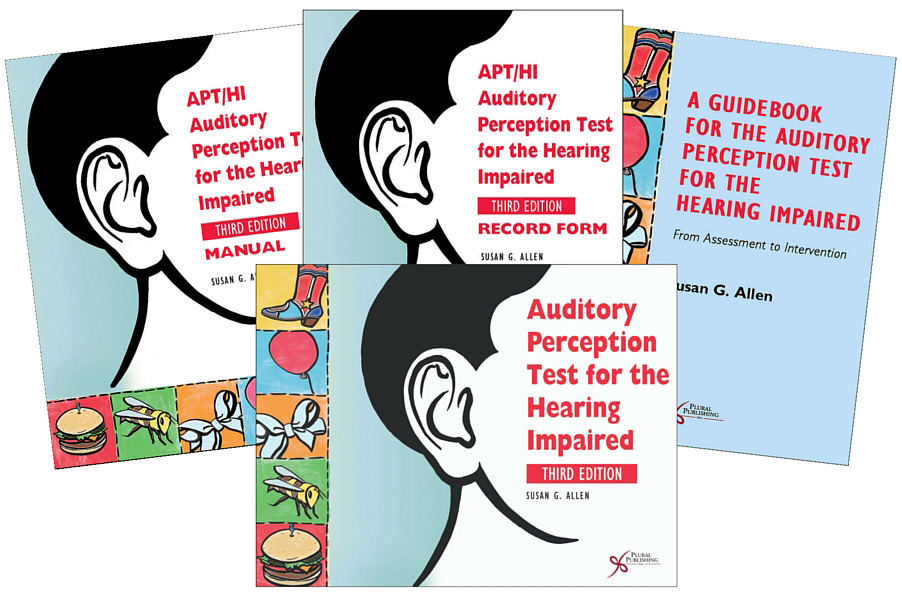

For example, training word recognition in noise with one word set failed to improve performance with another set 3, and training discrimination of one sound feature did not transfer to discrimination of another feature even with the same sound 4. However, the benefit of perceptual learning is often bound to the training material and task for review, 1, 2. Improving perception in such situations is of great interest in rehabilitative, professional, and educational settings. To extract target information from a competing and intervening background environment, such as speech perception in noise, is a major perceptual challenge that people encounter daily. Thus, notwithstanding task specificity among basic perceptual skills such as discrimination of different sound features, auditory learning appears readily transferable between these skills and their “upstream” tasks utilizing them, providing an effective approach to improving performance in challenging situations or challenged populations. These training benefits did not require similarity of task or stimuli between training and application settings, construing far and wide transfer. While ITD training led to no improvement, both ILD and F 0 training produced learning as well as transfer to speech-in-noise perception when noise differed from speech in the trained feature. Separate groups of normal-hearing listeners were trained on auditory interaural level difference (ILD) discrimination, interaural time difference (ITD) discrimination, and fundamental frequency (F 0) discrimination with non-speech stimuli delivered through headphones. Here we examined whether learning could transfer across tasks, particularly from fine discrimination of sound features to speech perception in noise, one of the most frequently encountered perceptual challenges in real life. Previous studies have focused on promoting transfer across stimuli, such as from one sound frequency to another.


You could do this with any pairs that students are struggling with as a fun way to keep them practicing and engaged! The images of the mouth formation also help students recognize how their mouth should look when making these sounds.A longstanding focus of perceptual learning research is learning specificity, the difficulty for learning to transfer to tasks and situations beyond the training setting. One of our favorite ways to support auditory discrimination is to have students sort words based on the sounds they hear (we use pictures so that they can’t use orthographic cues).įor example, in the picture above, students would sort the picture of the bear and the table into the /b/ sound column, and the pin, panda, and apple would all be sorted into the /p/ sound column. How can I support auditory discrimination? For example, if a student can't hear the difference between a short ‘e’ sound and the short ‘i’ sound, they may refer to a “pen” as a “pin.” If this is not corrected, they may believe that the writing utensil they use is called a pin and not recognize the mistake.


 0 kommentar(er)
0 kommentar(er)
